The airline industry is a complex and multifaceted sector that plays a crucial role in global transportation. It encompasses a wide range of services, including passenger flights, cargo transport, and charter services. Airlines operate under various business models, such as low-cost carriers, full-service airlines, and regional airlines, each catering to different market segments.
The dynamics of the airline industry are influenced by numerous factors, including fuel prices, economic conditions, regulatory frameworks, and technological advancements. Understanding these elements is essential for travelers seeking to navigate the often turbulent waters of air travel. One of the most significant aspects of the airline industry is its cyclical nature.
Airlines experience fluctuations in demand based on seasonal trends, economic cycles, and geopolitical events. For instance, during peak travel seasons such as summer vacations or holiday periods, airlines often increase their fares due to heightened demand. Conversely, during off-peak times, airlines may lower prices to attract more passengers.
Additionally, the competitive landscape among airlines can lead to fare wars, where carriers slash prices to gain market share. This interplay of demand and competition creates a dynamic environment that savvy travelers can exploit to find better deals.
Key Takeaways
- The airline industry is complex and understanding its dynamics can help you find the best deals on flights.
- Timing your purchase is crucial, as booking too early or too late can result in higher prices.
- Price comparison websites can help you find the best deals by comparing prices across different airlines and travel dates.
- Signing up for airline newsletters can give you access to exclusive deals and promotions.
- Considering alternative airports can lead to significant cost savings on flights.
Timing Your Purchase
Timing is a critical factor when it comes to purchasing airline tickets. Research indicates that the best time to buy flights varies depending on the destination and time of year. Generally, purchasing tickets several weeks to months in advance can yield significant savings.
For domestic flights in the United States, studies suggest that booking around 70 days before departure often results in the lowest fares. However, this rule can vary; for instance, flights during holiday seasons may require booking even earlier due to increased demand. Conversely, last-minute purchases can sometimes lead to unexpected bargains, particularly for travelers with flexible schedules.
Airlines often reduce prices on unsold seats as the departure date approaches in an effort to fill their planes. This strategy can be particularly effective for spontaneous travelers or those willing to take risks with their travel plans. However, it’s essential to balance the potential for savings with the risk of higher prices or limited availability as the departure date nears.
Using Price Comparison Websites

In an age where information is readily accessible, price comparison websites have become invaluable tools for travelers seeking the best airfare deals. These platforms aggregate flight information from various airlines and travel agencies, allowing users to compare prices across multiple options quickly. Websites like Kayak, Skyscanner, and Google Flights enable travelers to filter results based on preferences such as price, duration, and layovers, making it easier to find flights that suit their needs.
Moreover, many price comparison websites offer features that alert users to price drops or special promotions. By setting up fare alerts for specific routes, travelers can receive notifications when prices decrease, allowing them to book at the optimal time. Additionally, these platforms often provide insights into historical pricing trends, helping users understand whether they are getting a good deal or if they should wait for a better offer.
This wealth of information empowers travelers to make informed decisions and maximize their travel budgets.
Signing up for Airline Newsletters
| Airline | Newsletter Name | Frequency | Benefits |
|---|---|---|---|
| Delta | SkyMiles | Weekly | Exclusive deals, travel tips |
| United | MileagePlus | Bi-weekly | Flight promotions, partner offers |
| American | AAdvantage | Monthly | Special discounts, bonus miles |
One of the most effective yet often overlooked strategies for securing affordable airfare is signing up for airline newsletters. Many airlines send out regular newsletters that include exclusive deals, flash sales, and promotional offers available only to subscribers. By subscribing to these newsletters, travelers can gain access to limited-time discounts that may not be advertised on price comparison websites or social media platforms.
In addition to exclusive deals, airline newsletters often provide valuable information about upcoming routes, new destinations, and changes in service that could impact travel plans. For example, an airline may announce a new route with introductory fares that are significantly lower than standard prices. By staying informed through newsletters, travelers can seize opportunities that align with their travel aspirations while also benefiting from potential savings.
Considering Alternative Airports
When planning air travel, considering alternative airports can lead to substantial savings and enhanced travel experiences. Many major cities are served by multiple airports, each with varying fare structures and service levels. For instance, travelers flying into New York City might consider not only John F.
Kennedy International Airport (JFK) but also LaGuardia Airport (LGA) and Newark Liberty International Airport (EWR). Depending on the time of year and demand fluctuations, fares can differ significantly between these airports. Additionally, flying into or out of smaller regional airports can sometimes yield lower fares and less crowded terminals.
While these airports may not offer as many direct flight options or amenities as larger hubs, they can provide a more pleasant travel experience with shorter security lines and quicker boarding processes. Travelers should weigh the potential savings against any additional transportation costs or time required to reach their final destination from these alternative airports.
Being Flexible with Your Travel Dates
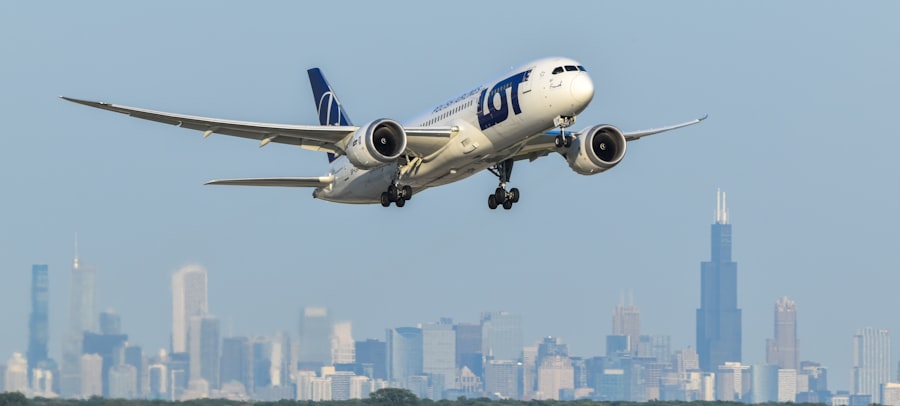
Flexibility is one of the most powerful tools in a traveler’s arsenal when it comes to finding affordable airfare. Airlines often have varying prices based on specific travel dates and times; therefore, being open to adjusting your itinerary can lead to significant savings. For example, flying midweek rather than on weekends typically results in lower fares due to decreased demand.
Similarly, early morning or late-night flights are often cheaper than those during peak hours. Many price comparison websites offer flexible date search options that allow users to view fares across a range of dates surrounding their desired travel period. This feature enables travelers to identify the most cost-effective days to fly without having to manually check each date individually.
By embracing flexibility in travel dates and times, travelers can take advantage of lower fares while still enjoying their desired destinations.
Utilizing Frequent Flyer Miles and Rewards Programs
Frequent flyer miles and rewards programs are essential components of modern air travel that can significantly reduce costs for savvy travelers. Many airlines offer loyalty programs that allow passengers to earn miles or points for every flight taken. These miles can then be redeemed for free flights, upgrades, or other travel-related perks.
For frequent travelers, accumulating miles through these programs can lead to substantial savings over time. In addition to earning miles through flights, many credit cards offer rewards points that can be transferred to airline loyalty programs. This means that everyday purchases can contribute toward future travel expenses.
For instance, a traveler who uses a credit card that offers 2x points on dining may find themselves accumulating miles faster than they would through flying alone. By strategically using credit cards in conjunction with frequent flyer programs, travelers can maximize their rewards potential and enjoy more affordable travel experiences.
Booking Multi-City Flights
Booking multi-city flights can be an excellent way for travelers to explore multiple destinations while potentially saving money on airfare. Many airlines offer multi-city ticketing options that allow passengers to create itineraries with several stops at a lower cost than purchasing separate one-way tickets for each leg of the journey. This approach not only provides an opportunity for adventure but also allows travelers to experience more destinations within a single trip.
For example, a traveler planning a trip from New York City to Europe might consider booking a multi-city flight that includes stops in London and Paris before returning home from Rome. By doing so, they can explore three vibrant cities without incurring the additional costs associated with separate flights between each location. Additionally, many price comparison websites allow users to search for multi-city itineraries easily, making it simple to find the best deals while maximizing travel experiences.
Taking Advantage of Last-Minute Deals
While last-minute travel can be risky due to limited availability and potentially higher prices, it can also present unique opportunities for budget-conscious travelers willing to be flexible. Airlines often release last-minute deals on unsold seats as departure dates approach in an effort to fill their planes. These deals can result in significant savings for those who are open to spontaneous travel plans.
Travelers looking for last-minute deals should monitor airline websites and sign up for alerts from price comparison platforms that specialize in last-minute offers. Additionally, some apps focus specifically on last-minute travel deals and can provide notifications when prices drop unexpectedly. While this approach requires a willingness to adapt plans quickly and may not always guarantee ideal itineraries or destinations, it can lead to exciting adventures at a fraction of the usual cost.
Avoiding Peak Travel Times
Traveling during peak times can significantly impact airfare prices due to increased demand from holiday travelers and vacationers. To secure more affordable flights, it’s advisable for travelers to plan their trips during off-peak periods whenever possible. For instance, flying during shoulder seasons—those transitional periods between peak and off-peak seasons—can yield lower fares while still offering pleasant weather conditions at many destinations.
Additionally, understanding regional holidays and school vacation schedules can help travelers avoid crowded flights and inflated prices associated with peak travel times. For example, traveling during the first two weeks of January or late September may provide opportunities for lower fares as families return home after holiday vacations or students head back to school. By strategically planning trips around these periods, travelers can enjoy both cost savings and a more relaxed travel experience.
Using Credit Card Benefits for Travel Discounts
Credit cards have evolved into powerful tools for travelers seeking discounts and rewards on air travel. Many credit cards offer benefits specifically designed for frequent flyers or those who enjoy traveling occasionally. These benefits may include sign-up bonuses that provide substantial points or miles after meeting a minimum spending requirement or perks such as free checked bags and priority boarding.
Moreover, some credit cards partner with airlines to offer exclusive discounts on airfare or bonus miles for purchases made directly with specific carriers. For example, a traveler using an airline-branded credit card may earn additional miles when booking flights through that airline’s website or app. Additionally, certain credit cards provide access to airport lounges or complimentary travel insurance—benefits that enhance the overall travel experience while also contributing to cost savings over time.
By leveraging these various strategies—understanding the airline industry dynamics, timing purchases wisely, utilizing price comparison tools effectively, signing up for newsletters, considering alternative airports, maintaining flexibility with travel dates, maximizing frequent flyer programs and rewards points, exploring multi-city options, capitalizing on last-minute deals, avoiding peak times, and taking advantage of credit card benefits—travelers can navigate the complexities of air travel more effectively while enjoying significant savings along the way.

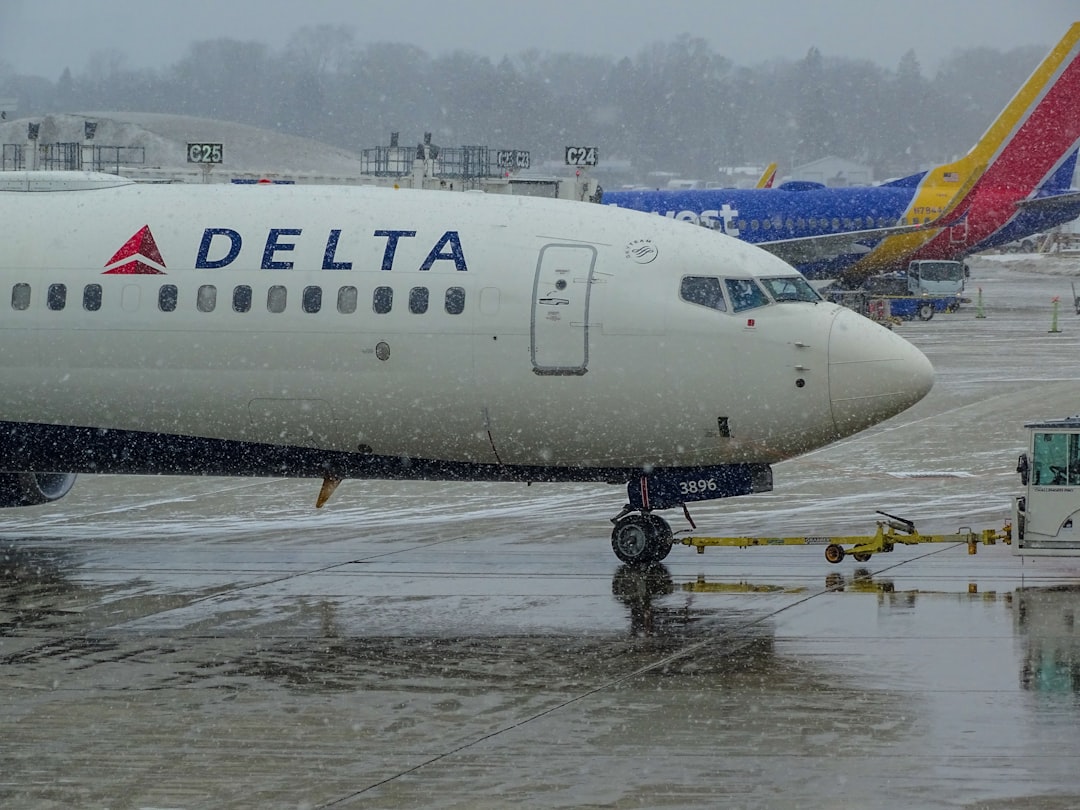
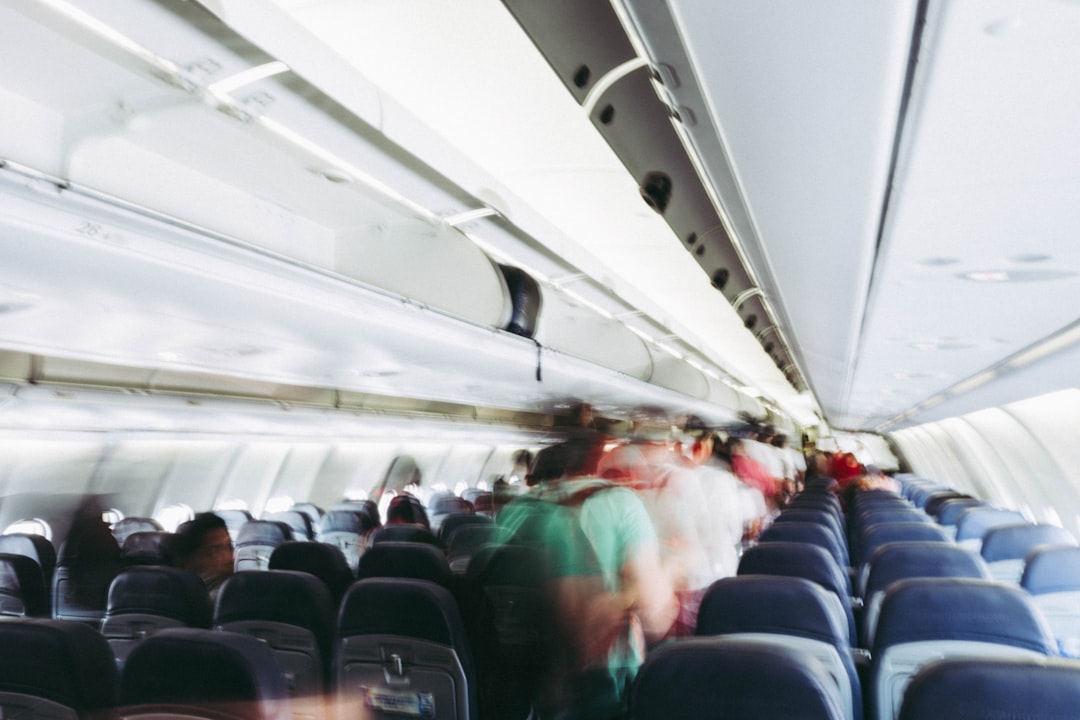

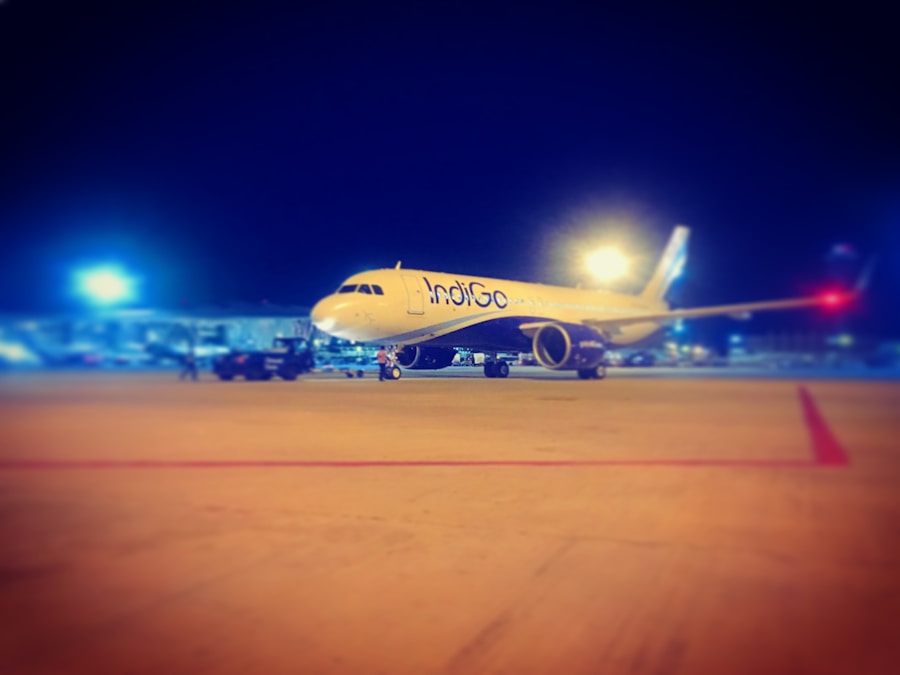

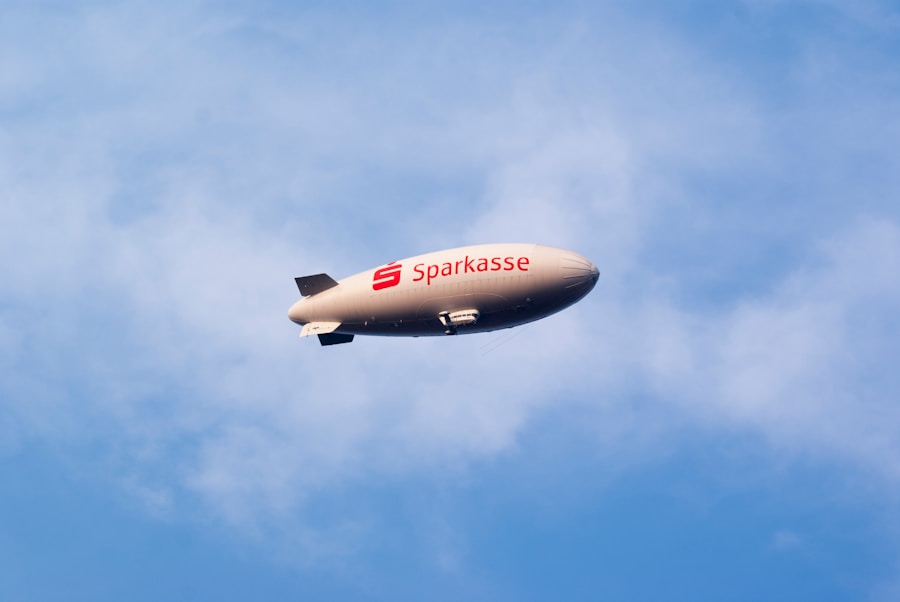







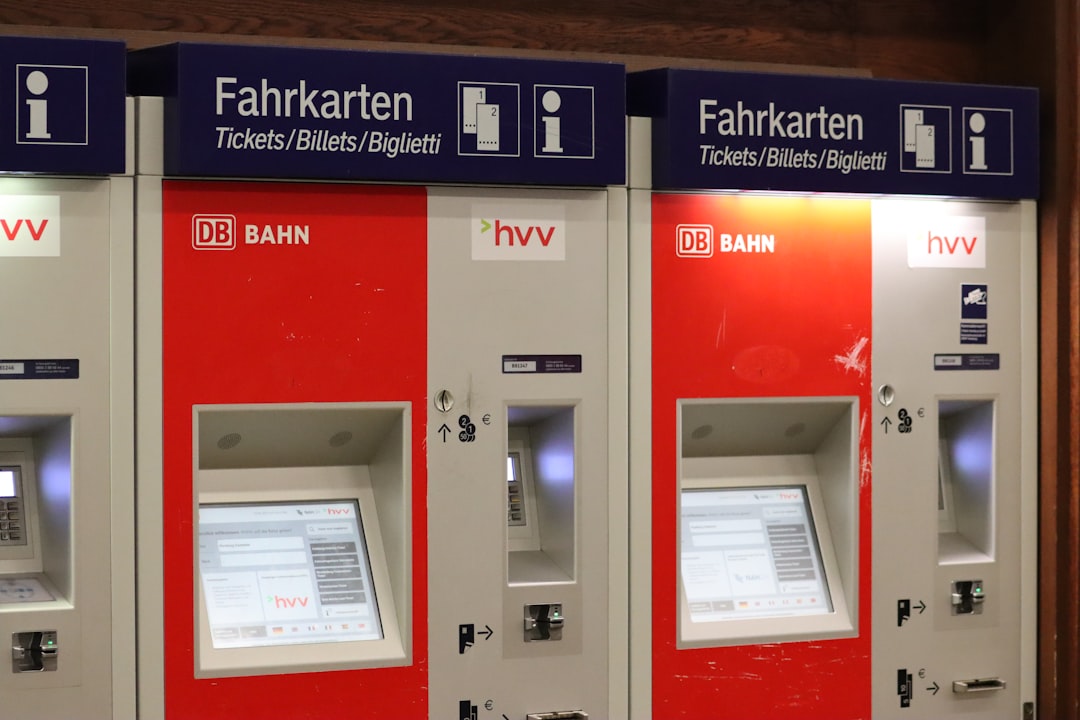
Leave a Reply